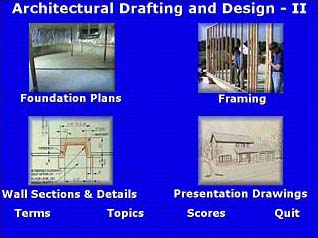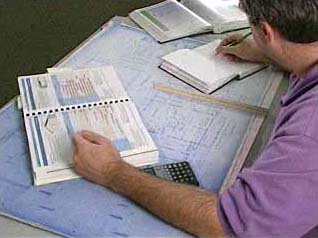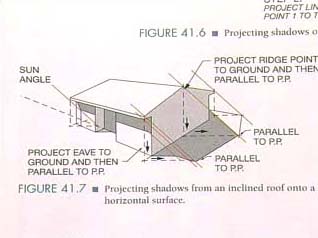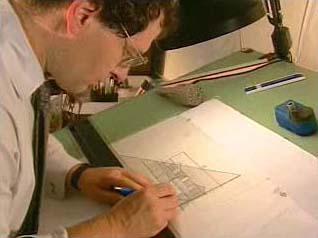Building: Architectural Drafting and Design Set #2

- Product ID
- dlmradd2
- Training Time ?
- 140 to 280 minutes
- Language(s)
- English
- Video Format
- Standard Definition
- Required Plugins
- MasteryNet Player
- Lesson Interactions
- 15
- Quiz Questions
- 35



This training, the second of a two part series, focuses on the design process and development of key plans. The training presents information regarding foundation plans, framing methods and plans, wall sections and details, and presentation drawings. Students are again reminded of the important connection between the architectural drawings they are creating and the structure created from the drawing.
![]() This course is in the Advantage™ format, to read about Advantage™ features click here.
This course is in the Advantage™ format, to read about Advantage™ features click here.

- Install on any SCORM LMS
- Rich multimedia presentation with interactions and quiz
- Print certificate and wallet card
- You have 30 days to complete the course
This training is intended for all architectural students or anyone interested in architectural studies.
-
Foundations Plan
- Load stresses
- Typical load bearing capacity
- Ground freezing and water drainage
- Two types of foundations
- Basic slab components
-
Framing Methods and Plans
- Building materials
- Common framing systems
- Platform framing
- CMUS
- Framing terms
-
Wall Sections and Details
- Types of sections
- Cutting planes
- Stair design
- Fire place terminology
-
Presentation Drawings
- Presentation versus construction drawings
- Use of shadows
- Use of entourage
- Types of perspective
- Describe the basic load stresses resisted by foundations.
- Know that the bearing capacity of soil depends on its composition and moisture content.
- Understand the danger of ground freezing and identify how foundation depths are altered to mitigate its effects.
- Delineate the consequences of water content in soil, understand heaving and describe how foundation wall pressure can be reduced with proper drainage.
- Compare and contrast different types of foundations, including shallow foundations, deep foundations and retaining walls.
- Recognize the difference between welded wire mesh and reinforcing bars (rebar), know typical designations for both, explain minimum coverage requirements and know how they are indicated on working drawings.
- Identify the most common materials used in the construction of residential and commercial buildings: wood, steel, masonry and concrete.
- Cite the most common framing systems used with wood construction:balloon, platform and post-and-beam.
- List and describe the general components of the platform system and how they are erected.
- Describe the basic components and sizes of concrete masonry construction.
- Identify and explain framing terms common to conventional and trussed roofs.
- Cite and differentiate between the three types of sections used in construction documents: full, partial sections and details.
- Know drafting conventions for indicating cutting planes on plans.
- Define the basic terms and requirements used in stair design and construction.
- Determine the rise and run of a stairway.
- Understand the function of presentation drawing and differentiate them from working drawings.
- Describe and contrast one-, two- and three point perspective.
- Understand common perspective terms and abbreviations.
- Understand how entourage, shade and shadows can aid the process of creating presentation drawings.
© Mastery Technologies, Inc.



